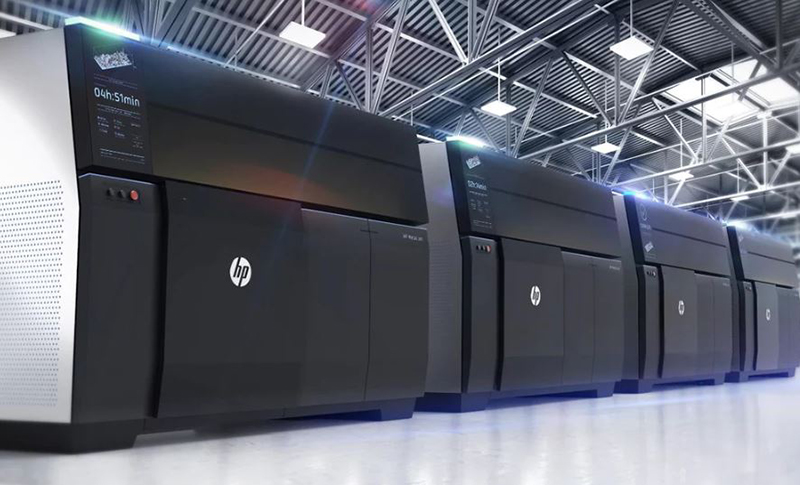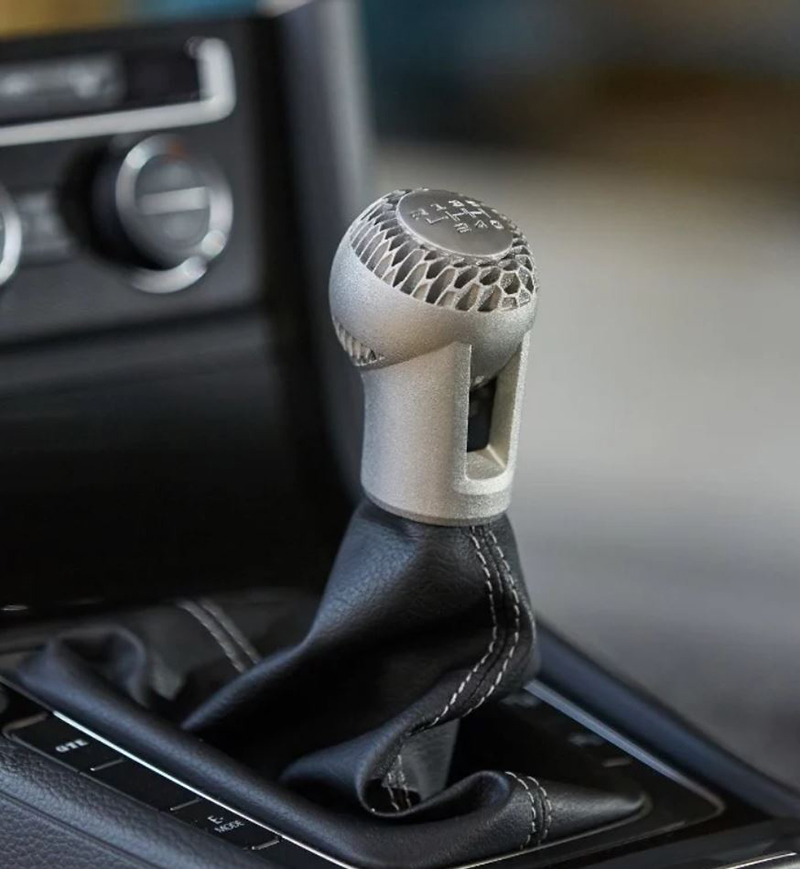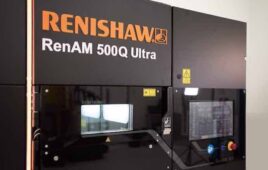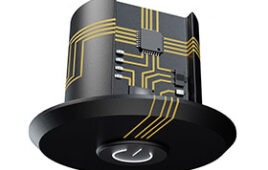HP seems to be getting serious about their 3D metal printing for industrial volumes and automotive production. The technology, called HP Metal Jet, has started pilot programs where it is 50 times faster and less expensive, according to New Atlas.
HP’s Metal Jet printers use layers of fine metal powder that is sprayed in patterns with binding agents by a print head that moves side to side. A second vertical head spreads the next layer of powder between passes; each binder operates in opposite directions.
The print bed is cured to evaporate any leftover liquids and the binder solution is turned into something that resembles a hot-melt adhesive. The next step is the de-caking process that removes the excess metal powder. This gets re-used in a low-waste process after the final part is sintered in a furnace, which decomposes the binding agent and fuses the metal particles together into a solid, dense part.
The final part is then polished, machined and finished for use. This 3D printing process allows users to create complex parts with short notice and without any re-tooling required. To begin, HP Metal Jet will only print in stainless steel, while other metals are in the works and under question for suitability.
The Metal Jet voxel (3D equivalent of a pixel) will be approximately 21 microns in length and width, signifying a 1200dpi 2D printing process and between 50-100 microns in height. This is the layer of thickness accuracy HP can attain. For reference, a human hair is about 50 microns wide.
Each Metal Jet production machine will cost slightly under $400,000 and can give users a maximum build volume of 430 x 320 x 200 mm (16.9 in x 12.6 x 7.9 in).

HP’s Metal Jet 3D Printer Credit: HP
Currently, Metal Jet is in two operational pilot programs. Parmatech, a metal injection molding specialist, is using Metal Jet to build medical equipment such as surgical scissors and endoscopic surgical jaws, while GKN Powder Metallurgy is creating parts for the automotive industry.
In 2019, HP will start its production service, allowing manufacturers to upload 3D design files and have them printed in industrial quantities by Parmatech and GKN. The printers will begin shipping in 2020. Desktop Metal has been pushed back for availability from this year to 2019.

3D-printed automotive parts Credit: HP
Filed Under: 3D printing • additive • stereolithography, Rapid prototyping




